Note: I am currently reading a book entitled “What Really Happened in Wuhan” by Australian investigative journalist Sharri Markson[1]. In her book Markson takes the reader back to the early beginnings of the Covid-19 pandemic in China, when, despite the efforts of the Chinese Communist Party and Chinese government to suppress the information, courageous Chinese whistleblowers risked their lives and their freedom to get the truth of the developing pandemic to the outside world. I think we all have a duty to support humanitarian efforts and the cause of Human Rights around the world. It’s a duty well exemplified by these men and women—the Chinese whistleblowers. This article is dedicated to them. Thanks to Sharri Markson for the original research on which this article is based. Please read on… (Markson’s book is available on Amazon, and I’m including the link to it below)
____________________________
On November 22, 2019 in Washington DC a Chinese man named Wei Jingsheng sat down to dinner with two close friends. At dinner Wei told his friends an alarming story about a dangerous virus that was spreading rapidly in the city of Wuhan, China: “There is a new dangerous virus spreading in China,” Wei told his friends. “There is a lot of talk about people getting sick. All my friends are speaking about it. It seems to be from Wuhan.[2] The people who are talking about it in the chatrooms to their friends are all from Wuhan.” It would take 6 more weeks, until early January, 2020, for the Chinese to at last acknowledge to the World Health Organization (WHO)[3] that there was a mystery virus on the loose in China. During those 6 weeks international air travel continued unmitigated, in and out of China and Wuhan to the rest of the world, undoubtedly spreading the virus everywhere. Thus, the world lost its last best chance to contain what has become a planet-wide disaster.
To that point Wei Jingsheng had led a challenging, interesting, sad, and courageous life. Twenty years earlier he had been one of the most famous and important defectors to the West from Communist China ever. He was born into and grew up in a family in the upper echelons of the Chinese Communist Party (CCP). In 1966 at the age of 16, during Chairman Mao’s Cultural Revolution,[4] he joined the paramilitary Red Guard,[5] and his brother in his youth was best friends with the current President of Communist China and CCP Chairman, Xi Jinping. Despite his family CCP connections and his Red Guard indoctrination, by the late 1970s Wei had seen enough CCP political and human rights suppression and was moved to do something about it. According to Sharri Markson in her book, in 1978 Wei had, “…boldly penned a manifesto advocating Democracy called ‘The Fifth Modernization,’ posting it on the Democratic Wall [6] in Beijing. In it he called then leader Deng Xiaoping[7] a dictator. In a move that would seal his fate, Wei signed the essay with his own name and address…”
That was enough for the CCP and Chinese police to arrest Wei and, following a televised trial, he was thrown into prison, where he was tortured, starved and isolated for the next 14 years. Finally released in 1993 due to China trying to improve its human rights image to secure a future Olympic Games for the country, it wasn’t long before he was in trouble again. More adamantly opposed to the CCP than ever, Wei was caught speaking with US Assistant Secretary of State for Human Rights, John Shattuck, who was visiting China at the time. He was then arrested again and thrown back into prison, enduring more torture and deprivation. At that point it seemed to Wei his situation was hopeless, and that the rest of his days would be spent in the black hole of a Chinese prison cell.
And then a relative miracle happened. Times were changing. China wanted Western markets opened up for Chinese products, and Chinese leaders were willing to make concessions for this. One of those concessions, negotiated by President Clinton’s NSC China advisor, a former CIA officer named Bob Suettinger, was the release of Wei Jingsheng and his deportation to the United States. Thus it was that in 1997 Wei arrived to his new life in the U.S. as something of a celebrity, as his release had made world-wide news. With him he brought his intimate knowledge of the elites of the Chinese Communist Party, as well as numerous contacts he still had in the country. It was through those contacts that, in November of 2019, Wei learned of the virus then spreading through Wuhan.
The two friends Wei dined with on that evening in late November were Bob Suettinger, the same man who had engineered his release from Chinese prison 20 years before, and Suettinger’s wife, a naturalized Chinese woman named Dimon Liu. Having herself escaped Communist China as an 11-year old girl in 1963 after nearly starving to death during Mao’s Great Leap Forward,[8] in 2019 Dimon Liu was 68 years old and had lived mostly in the United States since she was 15. Since then her life has been dedicated to activism toward ending the human rights abuses in China, a cause she shares with her friend, Wei Jingsheng, and her husband. In service of that purpose she has testified before both the U.S. House of Representatives and the U.S. Senate, and she and her husband maintain significant connections within the U.S. government. Both Dimon Liu and Bob Suettinger trusted Wei and knew that his contact networks in China were impeccable. Despite the fact there were no corroborative news reports about the illness spreading through China, they were inclined to believe him, and the knowledge imbued considerable disquiet into the rest of their evening.
Meanwhile, in Wuhan, the flu-like illness continued to escalate. Since early November Wuhan doctors were dealing with increasing numbers of patients arriving at their clinics and hospitals with coughs, fevers and respiratory problems. One of these doctors, a man named Dr. Wang Lei [9], revealed to Markson that by mid-November the number of patients he saw daily with such symptoms had doubled in two weeks. A short while later, according to Dr. Wang, Chinese authorities, obviously aware they had a significant situation on their hands, issued an alert to Wuhan doctors, “warning them of some sort of severe influenza,”. The authorities also began shutting down high school classes, unusual to Wang, since school mid-term exams were happening at the time and he thought they were only dealing with the flu.
By the first week of December, 2019, Dr. Wang realized the illness was not the flu, and strongly suspected they were up against a coronavirus.[10] “We thought it was SARS[11] again,” he told Markson. After she relayed to him that there was an “after the fact” official report in the Chinese media stating that the coronavirus and its spread wasn’t detected until December 27th, Dr. Wang responded by telling her, “As for us doctors, I don’t remember the specific time we figured this out, but I’d say it was probably around December 8th. There was discussion about this at the time, we thought this was SARS. We started referring to this illness as ‘SARS PLUS.’ That’s what we called it when they hadn’t given it a name yet.”
In mid-December in Wuhan other doctors were encountering identical situations. One of these was Dr. Ai Fen, the woman in charge of Emergency at Wuhan Central Hospital. By mid-December the hospital was overwhelmed with patients showing chest infections and pneumonia symptoms; coughing with high fever and breathing difficulties. In her 10 years as Emergency Director, what she saw in Wuhan that December was the worst situation she’d ever seen. The illness seemed to be pneumonia, but did not respond to the normal pneumonia treatments. Patient samples sent to labs for testing revealed none of the normal bacterial or viral pathogens associated with pneumonia. Nevertheless, at that point, when no one knew what the illness was, it was simply diagnosed as “pneumonia of unknown cause.” Puzzled and concerned, on December 24th Dr. Ai sent lung fluid samples from one of her patients to a Chinese genomics[12] company called Vision Medical for testing. Two days later, on December 26th, the head of respiratory medicine at Wuhan Central, Dr. Zhao Su, received a telephone call from Vision telling him the test results. “They just called us and said it was a new coronavirus,” he said. Oddly, though the sample tested was from one of her patients, Dr. Ai was not informed of the results. The genomics company executives followed that up with a secret visit to Wuhan to discuss their test results with the hospital doctors and public health officials. Despite the fact the test showed that the illness was caused by a new coronavirus, likely very infectious and lethal, the visit and the test findings were kept hidden from the public.
Meanwhile, other doctors at Wuhan hospitals, also inundated with patients exhibiting the pneumonia-like symptoms, were conducting their own tests and concluding the culprit was a new, SARs-like coronavirus. On December 27th Dr. Ai sent swabs from another one of her ill patients to a different medical lab in Beijing. She got the findings on December 30th, at last getting the data she should have gotten 4 days earlier—the illness was caused by a new SARS coronavirus. Her worst fear realized, and knowing that to combat the illness the information she had needed to be shared, Dr. Ai informed other doctors in her orbit of the results. One of these, an ophthalmologist named Dr. Li Wenliang, immediately spread the news to roughly 100 other medical personnel on WeChat, the Chinese instant messaging and social media site. In response to Dr. Li’s efforts at informing his colleagues of the new virus, the Chinese government had him and several other doctors detained by police and shamed on national TV for spreading “rumors”. The evening of the same day she had received the test results, December 30th, Dr. Ai’s boss at Wuhan Central called her and gave her an official reprimand. She was told in no uncertain terms that, so as not cause panic, she was not to divulge information about the new virus to anyone.
While all this was going down in China, the word of the new virus spreading there began to finally leak out to the rest of the world. Five and a half weeks had passed since Wei Jingsheng had shared with Dimon Liu and Bob Suettinger what he’d learned from the on-line chat rooms about the Wuhan illness. Still, there had been no official acknowledgement from China to the rest of the world about the virus. On the evening of December 30th, Marjorie Pollack, Deputy Editor of the Program for Monitoring Emerging Diseases (ProMED)[13] received an e-mail from one of her Chinese contacts informing her that news of the novel virus was spreading in Chinese social media. The e-mail included a Wuhan public health document implying that the virus originated from the Huanan Seafood Market in Wuhan. As a long-time veteran epidemiologist with more than 20 years under her belt at ProMED, Pollack immediately appreciated the gravity of the situation. 16 years earlier, in 2003, ProMED had gotten word of an earlier pneumonia-like outbreak in China, which turned out to be the Severe Acute Respiratory Syndrome coronavirus (SARS). Lacking the communicability of this new virus, back then SARS had infected 7-8000 people causing 700-800 deaths, an astounding 10% fatality rate.
To Pollack, the current e-mail sounded eerily similar to the 2003 SARS alert. She immediately informed her boss and they worked as quickly as possible to verify the information. Before the day was over, just before midnight on December 30th, ProMED released an alert to the 80,000 doctors and public health officials comprising its network, under the headline, “Undiagnosed Pneumonia-China”. The world, at last, was beginning to be informed.
It was through the ProMED alert that WHO officials the next day (Dec 31st) were at last apprised of the Wuhan pneumonia. The home WHO office in Geneva then had their China office make inquiries of Chinese health officials, who finally and reluctantly acknowledged the new illness spreading through Wuhan, though they did so with the insistence that the illness was not contagious (i.e. no human to human transmission), which by then they knew was a lie. Immediately following this acknowledgement to the WHO officials of the new illness, all Chinese social media sites where there had been any mention of an “unknown virus” or, “unknown illness,” or “unknown pneumonia”, or “Wuhan virus” etc. over the prior weeks, were wiped clean. The Chinese government cover-up had begun in earnest.
Finally, on January 6th, 2020, The Wall Street Journal published an on-line article entitled “Health Officials Work to Solve China’s Mystery Virus Outbreak.” Other major newspapers in the U.S. and around the world published similar articles of their own. The subheading of the WSJ article, stated, “Viral pneumonia infects 59 in central China, triggers health alerts in Hong Kong and Singapore.” In that by January 6th far more than 59 people had been infected in Wuhan, that subheading was blatantly false. Within the text of the article the misinformation was worse, stating that the Wuhan illness to that point had resulted in no deaths; another patently false claim, as by that time there had been many deaths in China. The article cited as its source the Wuhan Municipal Health Commission website. The London Times published a similar article, also citing the Wuhan Health Commission, that stated the SARS coronavirus had been ruled out as the cause of the illness. We know this was false because of the testing ordered by Dr. Ai and others, which found the Wuhan illness was caused by a new type of SARS. Obviously, by that time in China, not only was true information being scrubbed from the internet, but false information was being actively promulgated.
During the next couple of weeks the U.S. national security apparatus, as well officers of the Trump administration, slowly began to engage on the issue of the Wuhan virus. Two circumstances were slowing the process; the first being the ongoing impeachment of President Trump, which was demanding the attention of the White House, and the 2nd was the January 15th signing in Washington DC of the US-China trade agreement, in which the President had invested much hope and work. Trump’s obliviousness, even at this late date, of the nature of what was happening with the new virus in China, and the cover-up then in progress, becomes obvious when one reads his comments at the time. Speaking of the trade agreement Trump lauded the Chinese, stating that President Xi Jinping is a “very, very good friend,” and that China is an “incredible, incredible” nation. Notably absent from the trade agreement signing was President Xi, himself, and at no time did any of his representatives to the meeting mention the virus then raging through China and beginning to infect the world.
It wouldn’t be long before the U.S. president would be singing a different tune.
To be continued…
[1] Sharri Markson (1984-) is a 37-year old Australian investigative journalist and author. She is investigations editor at The Australian (a newspaper) and host of the Sky News Australia program “Sharri,” which airs on Sunday evenings. She became a journalist at a young age (16) and in Australia is the winner of numerous awards in journalism.
[2] Wuhan is the capital of Hubei province in the People’s Republic of China. It is the largest city in Hubei, the most populous city in central China with a population of over eleven million, and the 9th most populous Chinese city. The city is home to the Wuhan Institute of Virology (WIV)
[3] The World Health Organization (WHO) is a specialized agency of the United Nations responsible for international public health. The WHO Constitution states its main objective as “the attainment by all peoples of the highest possible level of health”. WHO’s primary role is to direct international health within the United Nations’ system and to lead and coordinate partners in global health responses.
[4] Mao’s Cultural Revolution, formally called the Great Proletarian Cultural Revolution, was a violent social/political movement in mainland China from 1966 until Mao Zedong’s death in 1976. Launched by Mao Zedong, who was Chairman of the Chinese Communist Party (CCP) and founder of the People’s Republic of China (PRC), its stated goal was to preserve Chinese communism by purging remnants of capitalist and traditional elements from Chinese society. During the cultural revolution, political dissidents of the revolution were censored and prosecuted. In addition, many elements of China’s history, such as statues, were destroyed. The Revolution marked Mao’s return to the central position of power in China after a period of less radical leadership to recover from the failures of the Great Leap Forward, which caused the Great Chinese Famine only five years prior.
[5] Red Guards, were groups of militant university and high-school students formed into paramilitary units as part of the Cultural Revolution (1966–76). These young people often wore green jackets similar to the uniforms of the Chinese army at the time, with red armbands attached to one of the sleeves. They were formed under the auspices of the Chinese Communist Party (CCP) in 1966 in order to help party chairman Mao Zedong combat “revisionist” authorities—i.e., those party leaders Mao considered as being insufficiently revolutionary. Mao was thus making a bid to regain control of the CCP from his colleagues, but the Red Guards who responded in August, 1966 to his summons fancied themselves as new revolutionary rebels pledged to eliminating all remnants of the old culture in China, as well as purging all supposedly bourgeois elements within the government. Several million Red Guards journeyed to Beijing to meet with Mao in eight massive demonstrations late in 1966, and the total number of Red Guards throughout the country may have reached 11 million at some point. While engaging in marches, meetings, and frenzied propagandizing, Red Guard units attacked and persecuted local party leaders as well as schoolteachers and school officials, other intellectuals, and persons of traditional views. Several hundred thousand people died in the course of these persecutions
[6] From November 1978 to December 1979, thousands of people put up big posters with very large characters on a long brick wall of Xidan Street in the Xicheng district of Beijing to protest about the political and social issues in China. This brick wall was called the Democratic or Democracy Wall. Under acquiescence of the Chinese government, other kinds of protest activities, such as unofficial journals, petitions, and demonstrations, were also soon spreading out in major cities of China. This movement is viewed as the beginning of the country’s Democracy Movement, also known as the “Democracy Wall Movement” . This short period of political liberation was known as the “Beijing Spring”.
[7] Deng Xiaoping,(1904-1987) also known by his courtesy name Xixian, was a Chinese revolutionary leader, military commander and statesman who served as the paramount leader of the People’s Republic of China from December 1978 to November 1989.
[8] The Great Leap Forward of the People’s Republic of China was an economic and social campaign led by the Chinese Communist Party from 1958 to 1962. Chairman Mao Zedong launched the campaign to reconstruct the country from an agrarian economy into a communist society through the formation of people’s communes. Mao decreed that efforts to multiply grain yields and bring industry to the countryside should be increased, but the changes instituted resulted in disaster for the Chinese people with millions dying from starvation (estimates range from 15 to 55 million.)
[9] According to Sharri Markson the doctor mentioned is a real person but Wang Lei is not his real name. To protect the doctor’s life she used a false name in her book, which I am also using here.
[10] Coronaviruses (CoV) are a large family of viruses that cause illness ranging from the common cold to more severe diseases. A novel coronavirus (nCoV) is a new strain that has not been previously identified in humans. The word corona means crown. The scientists, who in 1968 came up with the term ‘coronavirus’ thought that, under a microscope, the virus they were looking at resembled a solar corona: the bright crown-like ring of gasses surrounding the sun that is visible during a solar eclipse. A coronavirus identified in 2019, SARS-CoV-2, caused the current pandemic of respiratory illness called COVID-19.
[11] Severe Acute Respiratory Syndrome (SARS) is an infectious disease with symptoms including fever and cough, in some cases progressing to pneumonia and respiratory failure. It is caused by a coronavirus.
[12] Genomics is a field of biology focusing on the structure, function, evolution, mapping, and editing of genomes. A genome is an organism’s complete set of DNA, including all of its genes as well as its three-dimensional structural configuration.
[13] The Program for Monitoring Emerging Diseases (ProMED) is a program of the International Society for Infectious Diseases (ISID). ProMED was launched in 1994 as an Internet service to identify unusual health events related to emerging and re-emerging infectious diseases and toxins affecting humans, animals and plants. ProMED is the largest publicly-available system conducting global reporting of infectious disease outbreaks.
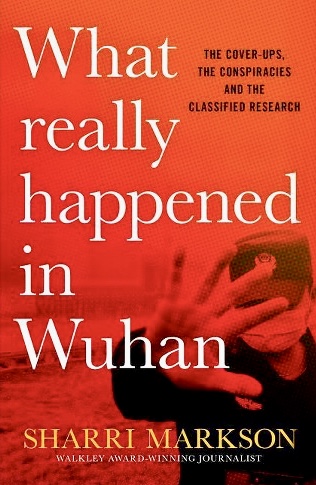
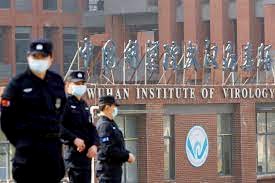
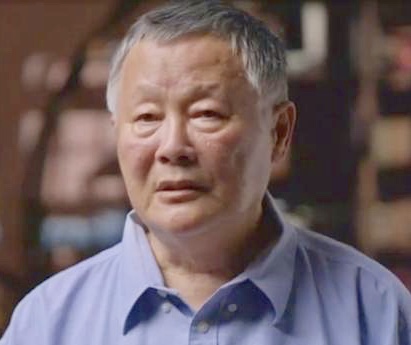

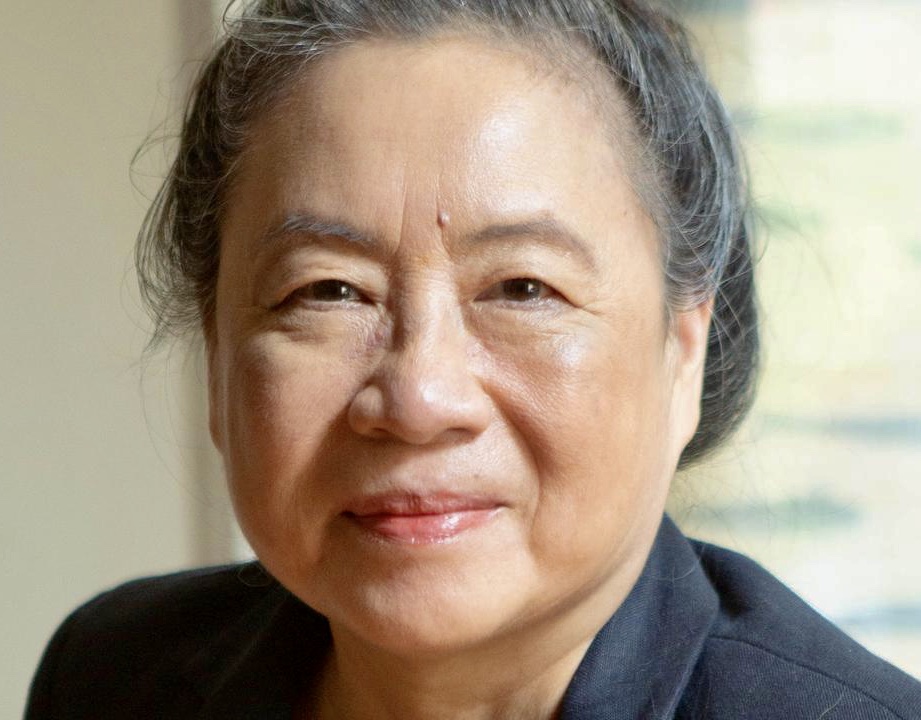


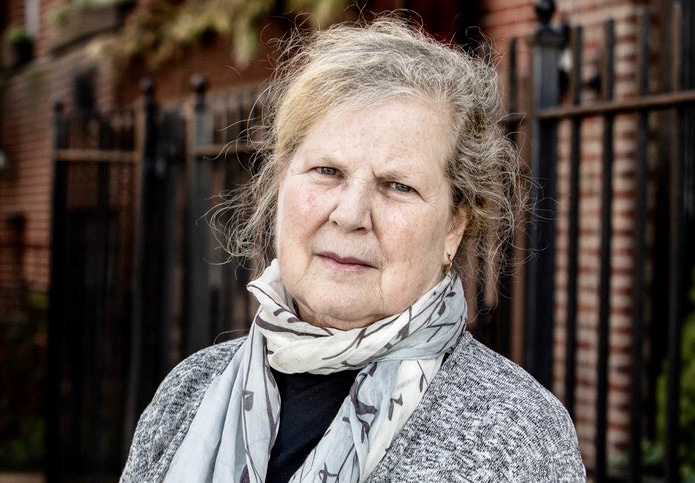
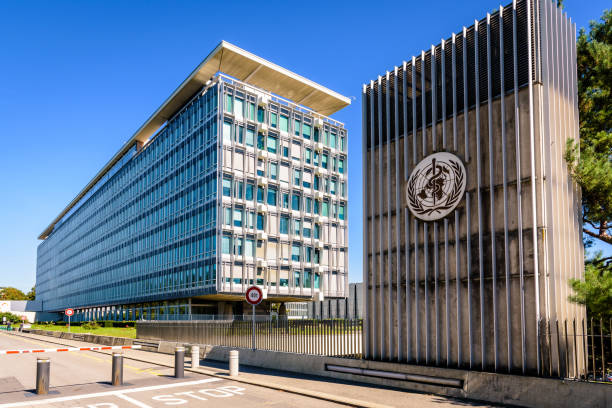
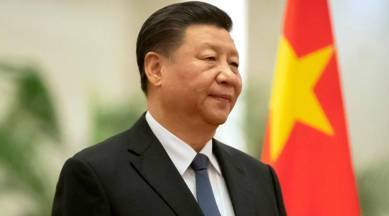


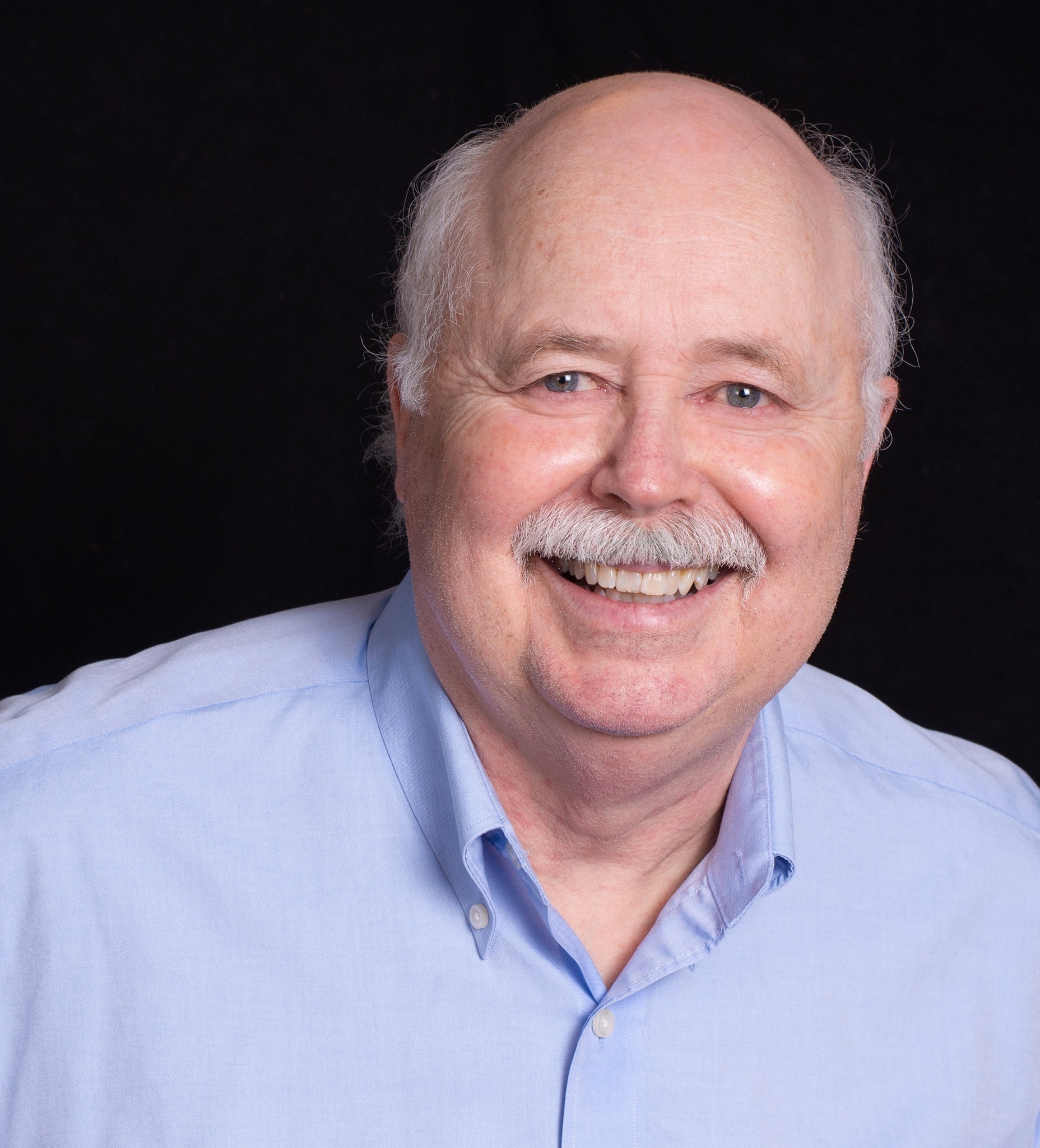
3 Responses
The CCP is enforcing harsh lockdowns in Xian now and probably other places because the Omicron is spreading (as it does). They don’t want to “lose face” for the upcoming Olympic Games. They have a heavy block on social media, but in can never be absolute.
Good job so far. Don’t try to post truth on social media!
Thanks, Phil! Will keep your advice in mind. I/m very interested in what Jenny thinks about all this. Will give you a call so we can talk about it. Thanks, again! MA